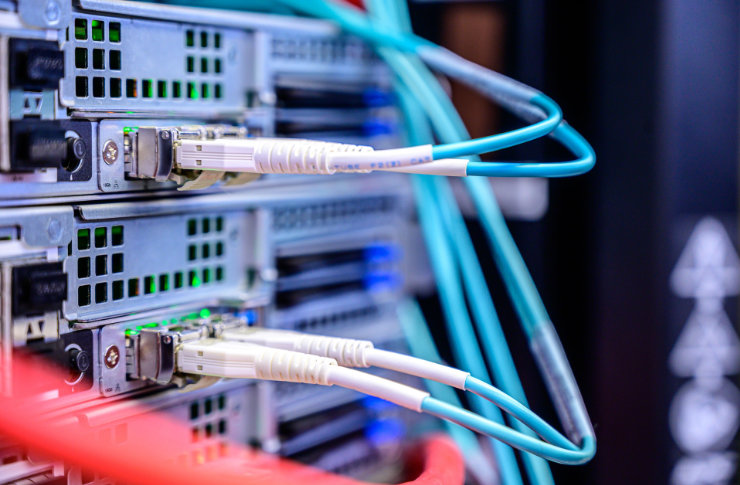Telecommunications Resilience: Fortifying Networks Against Natural Disasters
The increasing frequency and severity of natural disasters pose significant challenges to global telecommunications infrastructure. As our reliance on connectivity grows, so does the need for robust, disaster-resistant networks. This article explores innovative approaches to building resilient telecommunications systems that can withstand nature's fury and maintain critical communications during emergencies.

Redundancy: The First Line of Defense
One of the primary strategies for enhancing network resilience is building redundancy into the system. This approach involves creating multiple pathways for data transmission, ensuring that if one route fails, others can take over seamlessly. Telecom companies are increasingly investing in diverse routing options, including terrestrial fiber, microwave links, and satellite connections, to create a multi-layered network that can withstand localized disruptions.
Hardening Infrastructure Against the Elements
Physical fortification of telecommunications equipment is crucial for withstanding extreme weather events. This includes reinforcing cell towers to withstand high winds, waterproofing sensitive electronics, and implementing advanced cooling systems to prevent overheating. In earthquake-prone regions, shock-absorbing foundations and flexible connections are being employed to protect critical infrastructure from seismic activity.
Distributed Network Architectures
Moving away from centralized network models, telecom providers are adopting more distributed architectures. This approach spreads the network’s critical components across a wider geographic area, reducing the risk of a single point of failure. Mobile cell sites, known as Cells on Wheels (COWs) or Cells on Light Trucks (COLTs), can be rapidly deployed to affected areas, providing temporary coverage and capacity where fixed infrastructure has been compromised.
AI-Powered Predictive Maintenance and Disaster Response
Artificial Intelligence is revolutionizing how telecom companies approach network maintenance and disaster preparedness. Machine learning algorithms can analyze vast amounts of data from weather patterns, seismic activity, and network performance metrics to predict potential vulnerabilities and recommend preemptive measures. During a disaster, AI can help optimize network resources, prioritize critical communications, and guide repair crews to areas most in need of attention.
Energy Resilience: Keeping Networks Powered
Power outages are a common consequence of natural disasters, often outlasting the initial event. To address this, telecom companies are investing in energy-resilient solutions. This includes deploying advanced battery systems, fuel cells, and renewable energy sources like solar and wind power at key network sites. Some providers are even experimenting with energy harvesting technologies that can generate power from ambient radio waves or vibrations, ensuring a constant power supply for low-power network elements.
Collaboration and Interoperability
No single telecom provider can achieve true resilience in isolation. Industry-wide collaboration and interoperability standards are essential for creating a robust communications ecosystem. Initiatives like the Network Equipment-Building System (NEBS) set guidelines for equipment resilience, while mutual aid agreements between providers ensure that resources can be shared during emergencies. Government partnerships also play a crucial role in coordinating disaster response and allocating spectrum for emergency communications.
The Role of Software-Defined Networking
Software-Defined Networking (SDN) is emerging as a powerful tool for enhancing network resilience. By decoupling the network’s control logic from the underlying hardware, SDN allows for more dynamic and adaptive network management. In disaster scenarios, SDN can rapidly reconfigure network paths, allocate bandwidth to priority services, and isolate damaged segments without manual intervention, significantly reducing recovery times.
Building a Disaster-Proof Future
As climate change increases the frequency and intensity of natural disasters, the resilience of our telecommunications infrastructure becomes ever more critical. By embracing innovative technologies, adopting distributed architectures, and fostering industry-wide collaboration, we can create a more robust and adaptable communications ecosystem. These efforts not only protect our ability to stay connected during crises but also ensure that our increasingly digital society remains resilient in the face of nature’s challenges.





